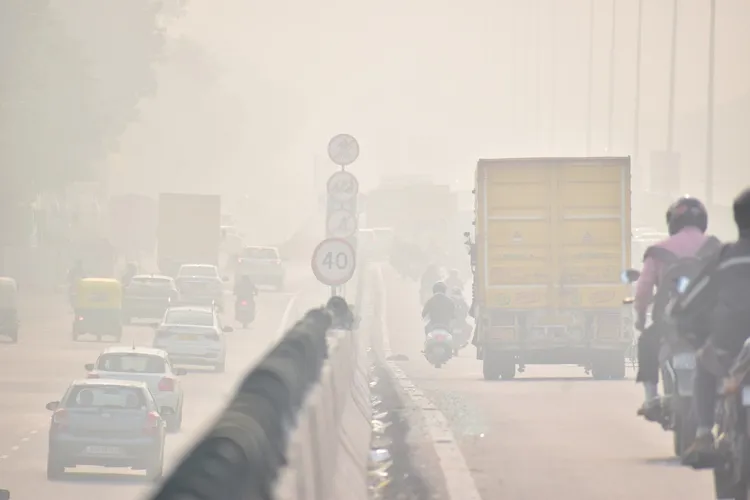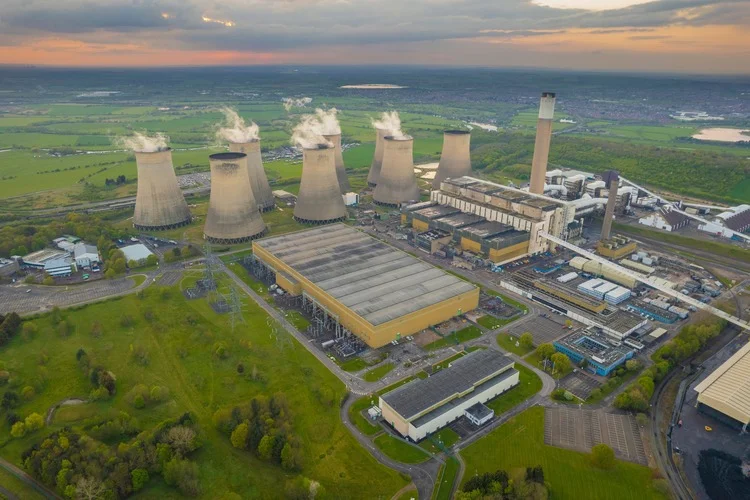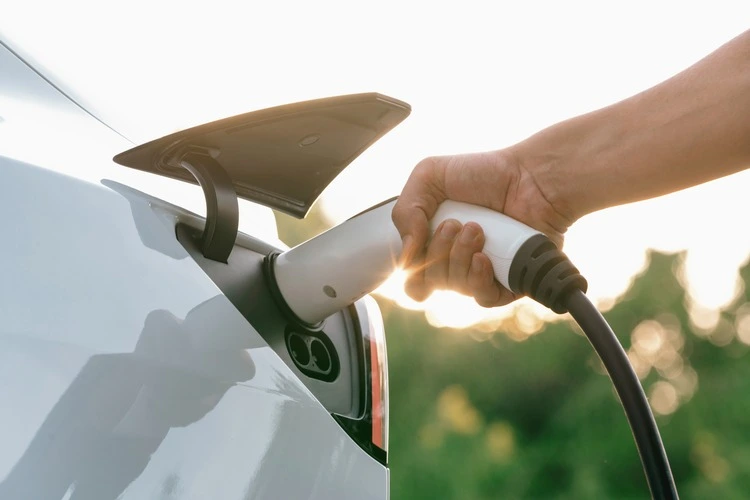
From EV uptake to AI monitoring of New York’s traffic, discover how air pollution is being tackled globally
By
Ninety-nine per cent. That’s how much of the world’s population breathes in harmful and dirty air. The health consequences of such air pollution are vast: each year, 8 million people die prematurely from it, a figure more than double the deaths from malaria, tuberculosis and HIV/AIDS combined.
Not only is air pollution an insidious and quiet killer, but it can also wreak havoc on cognitive function in adults, impair decision-making abilities and lead to long-term developmental issues in children. So extensive is the reach of harmful particulates that they have even been found in the lungs and brains of unborn babies.
Check out our related reads:
While some countries are paving the way for a cleaner future – like Finland with its strict emission controls or Iceland’s reliance on planet-friendly geothermal and hydroelectric fuel sources – other places are experiencing heightened pollution, which poses severe impacts on both its citizens and the wider planet. Take Dhaka – a 20-million strong city in Bangladesh facing extensive pollution from kilns, traffic and diesel generators – or Delhi, which recorded air quality levels 35 times over the WHO safe limit last year and whose many citizens continue to wear face masks as a preventative measure.
Since air pollution continues to pose a very real – and increasingly common – threat, we ask: What policies and measures are being implemented to help curb its effects? Read on to find out some of the ways in which nations, researchers and organisations are tacking its damage…
AI & air pollution
One of the most cutting-edge technologies being deployed in the fight against air pollution is that of artificial intelligence. With its advancement has come the fascinating ability to accurately track air quality across all corners of the globe.
In Barcelona, scientists have created an AI model able to predict the likelihood of when nitrogen dioxide – a gas produced during fossil fuel combustion – surpasses legal limits, quickly enabling citizens to be informed, and ensuring policymakers can make evidence-based decisions on air quality management.

Such an advancement will only further support the city’s existing measures of improving air pollution, which already include hosing down streets and squares to remove harmful PM10 particulates along with extending bicycle-lane networks and creating low emission-zones within ring roads.
But it’s not just Barcelona that has reaped the positive effects of AI’s technological powers on air pollution. Across the Atlantic, the state of New York has been the focus of an AI project headed by engineers at Cornell University, using the technology to give a detailed view of air pollution – in particular, fine particulate pollution (PM2.5) at street-level. Having an awareness of this pollution – mainly stemming from cars – will enable city planners and policymakers alike to better assess the environmental impact of any new projects made in the state.
Artificial intelligence can also help countries with poorer air quality monitoring resources, particularly those in Africa, to better understand their current pollution situation. These nations have faced a crucial lack of air pollution data – largely due to logistical and financial difficulties in bringing appropriate air quality measuring tools into their borders – that machine learning is poised to fill.
The move from coal
In recent years, the shift to clean energy has prompted nations to turn their attention away from one of the most planet (and air) polluting sources: coal. The fuel source releases a plethora of emissions that worsen air pollution – including sulphur dioxide and various nitrogen oxides – as well as emitting more carbon dioxide compared to the burning of oil or gas.

Just last year, the UK became the first G7 country to cease coal generation with the closure of its Ratcliffe-on-Soar plant, ending 142 years of coal-generated electricity in the country. Other European countries have also seen a major reduction in coal usage, including Portugal – which reached zero coal in 2021 – alongside Greece, whose coal usage has plummeted from supplying over half the nation’s energy in 2014 to just 10 per cent in 2023.
Despite the sizeable inroads being made, there is still, of course, room to do more. In particular, Poland continues to face mounting pressure from other EU countries to reduce its coal usage more sharply.
Although the nation has laid out plans to eventually replace coal with more sustainable alternatives, it is the only country in the EU without a set end date to do this.
Electrification of transport
Contributing to around one-quarter of all global carbon dioxide emissions – and releasing swathes of nitrogen oxides along with small particle pollution (PM2.5) – the traditional transport sector is a major source of air pollution.
Consequently, in countries across the world, the process of electrifying transport has become a key way of improving air quality.

In 2023, 18 per cent of all new cars sold globally were electric, a sizeable jump from just 2 per cent back in 2018. These types of cars are associated with a 17-30 per cent lower quantity of greenhouse gas emissions in comparison to their petrol and diesel counterparts.
Along with cars, buses in major cities are increasingly becoming zero-emission or electric: as of 2024, London had 1,300 zero-emission buses, while Seoul boasted more than 1,000 electric buses and 27 hydrogen fuel cell buses. In Santiago, 31 per cent of the city’s bus fleet is now electric, while Delhi operates a fleet of 1,300 electric buses.
Electrification, however, depends on the extent of power grid capacity. If more and more countries – and consumers – turn towards electric alternatives, it is likely that electricity grids and power plants will need to be modified to match demand. Considering the hefty strain already placed on them thanks to the increasing use of AI, doing so will be a complicated challenge but not one without paramount importance.
On top of electrification, many cities are also enforcing strict low-emission zones – where access is restricted to polluting vehicles – to help improve air quality. As of 2022, in Europe alone, there were 320 cities operating these schemes, including Paris and Milan, but London still remains the world’s largest and most extensive example, covering all 32 boroughs in the city.



